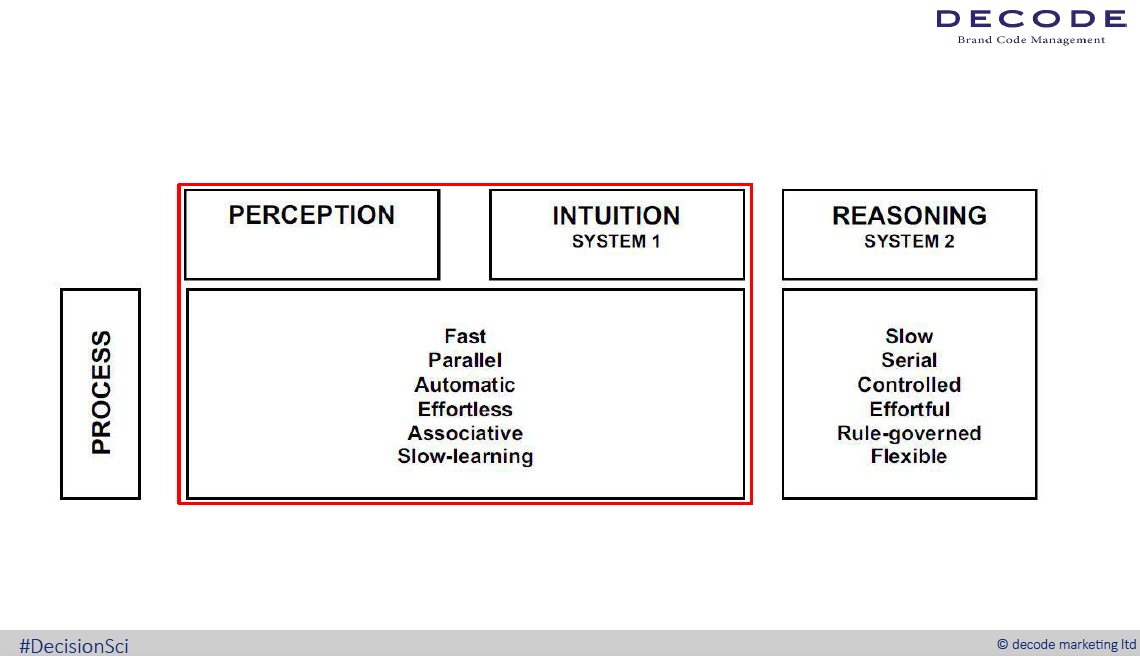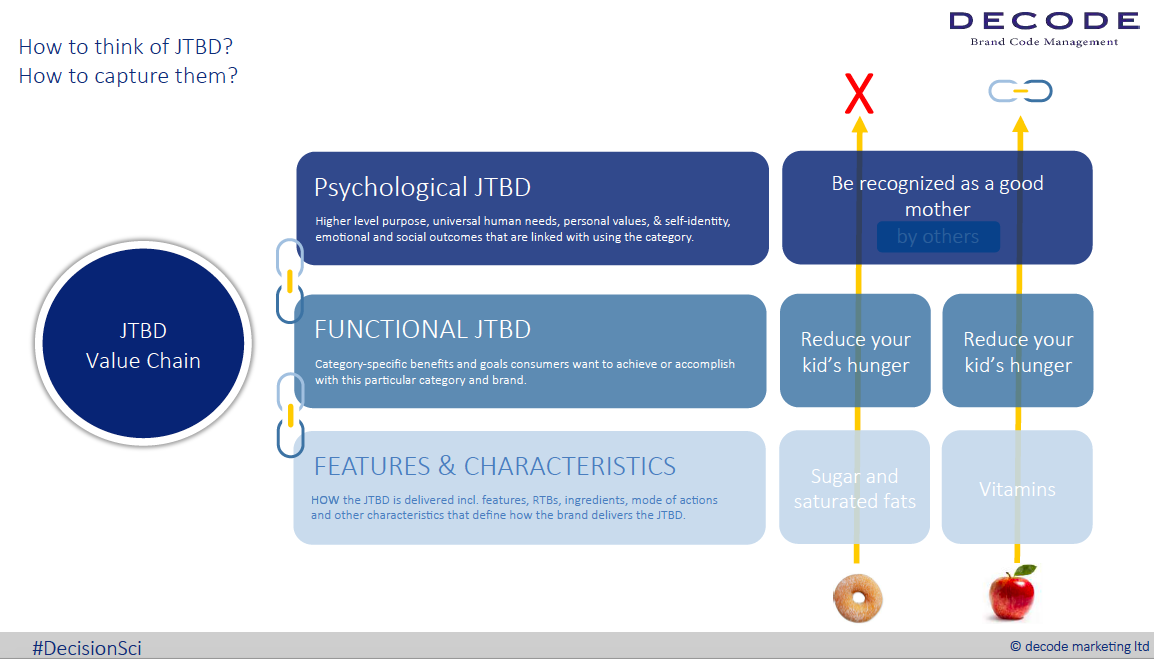Creativity
What the Science of Consumer Behavior Teaches Us About Content Strategy
By Nicola Brown on September 13, 2016
In this age of big data we have more information at our fingertips than we even know what to do with. These days, algorithms decide for us what's important and who our target audiences are down to the length of their toenails (almost).
Why, then, are brands still struggling to get it right?
According to Phil Barden, author of Decoded: The Science Behind Why We Buy, "Eighty to 90 percent of new products fail every year."
In his recent Adweek webinar, Better Behavioral Targeting, Phil explained the fundamental science behind consumers' decision-making processes, and how it differs from commonly held assumptions about our target audiences. His insights shed light on how a small change in how we understand consumer behavior can lead to a big marketing transformation for our brands.
The Decision-Making Model
Prof. Daniel Kahneman's decision-making model identifies two systems operating in the brain that guide how we process information: perception-intuition, and reasoning.
The first system is fast and automatic, while the second is slow and reflective. As marketers and content creators, the only system we have any influence on is the fast one—through tangible touchpoints like packaging, print ads, websites, etc.
It's tempting to think that the consumer knows what we know when we design content, but the consumer is not spending hours reading up on marketing strategy. They simply base their decisions on what they perceive.
The Value Equation
Phil goes on to explain that for people to make a purchase decision they must perceive value of some kind. For the brain, value turns out to be a simple equation:
value perception = reward – pain
In this equation, reward is the outcome one desires in a given context (things we want to have, to do, or to be) and pain is the price, time and effort involved.
One scientific study used neuroimaging to discover that the reward center in the brain lights up when we perceive brands in the same way it lights up when we see something we value highly, find rewarding, or that we actually want. A linear correlation has even been found between the level of activation in the reward center and product sales. Conversely, when people saw the price of a product, the pain center was activated—that's the same one that gets activated when we experience physical or social pain.
Know the JTBD
It turns out that sociodemographics aren't all that useful because humans display a great deal of flexibility in their decisions depending on the individual context of the situation. It's all about how we determine value at any given moment. The same person can inhabit different sociodemographic segments depending on the situation, so the more useful way to approach a target audience is through that situation.
We determine high value if the product is perceived to be an effective means to achieve our desired outcome given a certain context. Phil calls our desired outcome the "job to be done" or JTBD.
The JTBD is highly context specific and influences all the psychological factors that go into a decision: attention, memory, mental availability, recognition, willingness to pay, choice, emotions and attitudes, and satisfaction.
We assess the fit of a product for the JTBD by looking at several factors: function (what it does), features and characteristics (how it does it), and psychological aspects (how it addresses larger questions like purpose, self identity, and emotional/social outcomes).
For example, let's say you're a mom and you're deciding whether to buy an apple or a doughnut for your hungry child. For the functional dimension of the decision, both options will reduce her hunger. When it comes to the features and characteristics, one has sugar and saturated fat, and the other has vitamins. Now, if the psychological JTBD is to be recognized as a good mother by others, you're going to choose the apple. But if it's to be recognized as a good mother by your kid, you may choose the doughnut. The decision you make is based entirely on the context of the situation.
Once we learn that a brand has the highest fit in a jobs-to-be-done situation, we will stop looking for alternatives. This means that as content creators and marketers, we need to identify the jobs to be done in relation to our product that cover the greatest possible market segments.
The Biggest Consumer Behavior Myths
We tend to assume that consumers buy a particular brand because: they like the brand, they trust the brand, the brand personality fits them, they have a relationship with the brand, or they are emotionally connected to the brand. These are all marketing myths when it comes to content strategy.
What science actually tells us is that context matters, and we use the JTBD in a certain situation as a reference point for determining the value of a product, which is the extent to which that product intuitively signals itself as the best means to accomplish the current JTBD.
Thinking about things as "jobs to be done" gives us much more clarity about how to go about marketing our products in a way that aligns with how our brains are actually making decisions. If you're in need of a marketing transformation at your company this simple change in perspective could be your best return on investment.
The question content creators and marketers need to ask themselves in putting together a strong content strategy is how do we signal a fit between our brand and the job to be done?
If you want more scientific insights into consumer behavior, subscribe to the Content Standard Newsletter. It's your JTBD.


